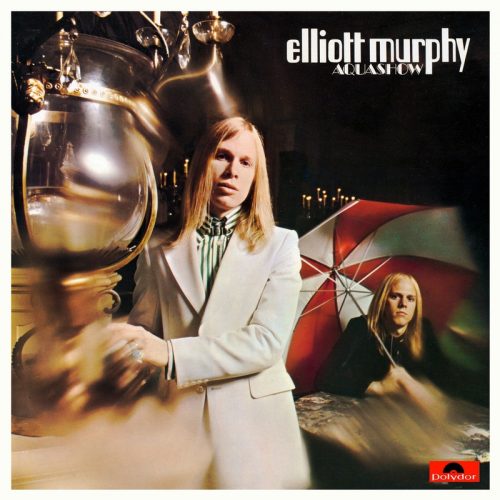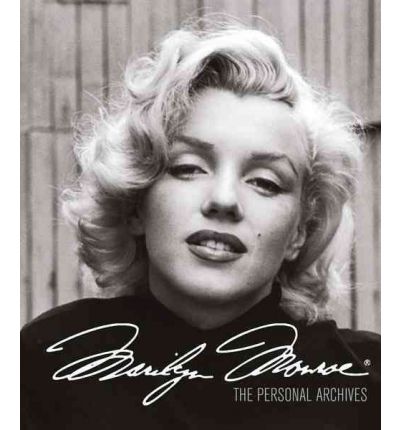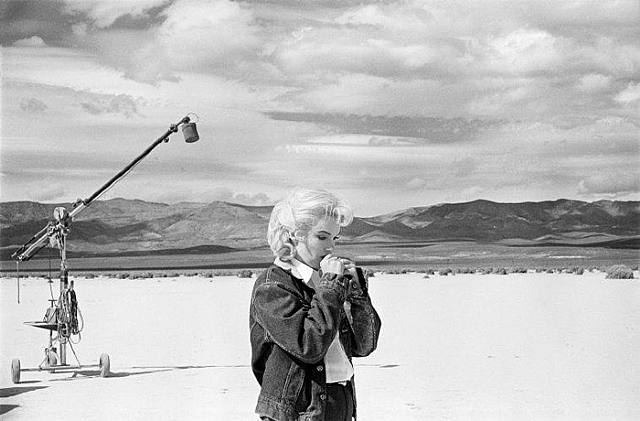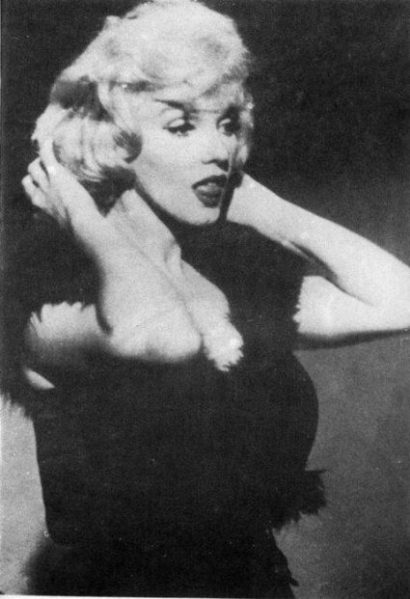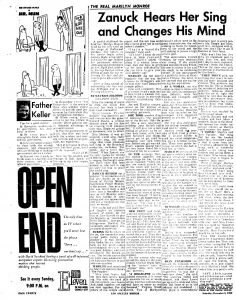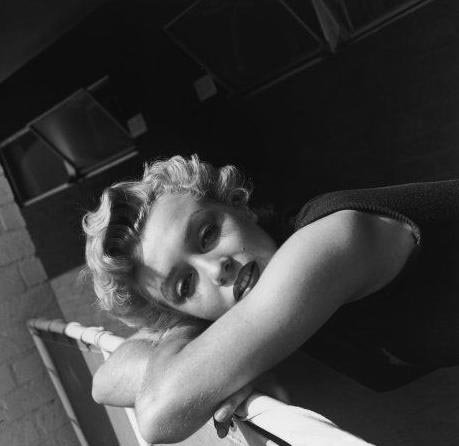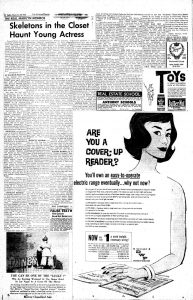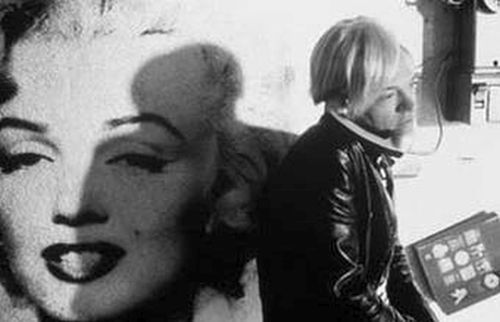
Eric Shiner, curator at Pittsburgh’s Warhol Museum, has spoken about the current Marilyn: Life as a Legend exhibition.
“‘She had so many layers under that facade of beauty, that facade of fame and celebrity,’ said Eric Shiner, a curator at the Warhol. ‘And it’s great that these things are finally coming to light. It’s great to see who she was as a real person.’
Aside from Warhol, Marilyn Monroe: Life as a Legend features work by such top-drawer luminaries as photographer Richard Avedon, Sgt. Pepper album-cover designer Peter Blake, abstract expressionist painter Willem De Kooning and photographer and filmmaker Bert Stern. De Kooning is represented through ‘Marilyn Monroe,’ a swirling, colorful interpretation of the former Norma Jean Baker that rarely escapes from the Neuberger Museum of Art in upstate New York.
Perhaps the works that prompt the most comment are Stern’s nude images of Monroe that were taken about six weeks before she died of an overdose of prescription medicine in August 1962. It’s possible to look at them and think that she appears a little careworn, a little forlorn. ‘That’s our human compulsion to do that,’ Shiner pointed out.
‘You want to read into what you’re seeing and want to find justification there. And every time I’ve taken groups through the show, standing in front of these pictures, almost everyone tries to read into her eyes. There’s sadness there, there’s some sort of hint of what’s to come.’
Warhol identified with Monroe, Shiner added, not only because of her celebrity, a perennial obsession with him, but also with her vulnerability and the turmoil in her private life. Newspaper clippings on her death pulled from Warhol’s collection are in the exhibit, as are his silkscreen prints of Monroe, which are among his most famous works.”
Observer Reporter
Video
